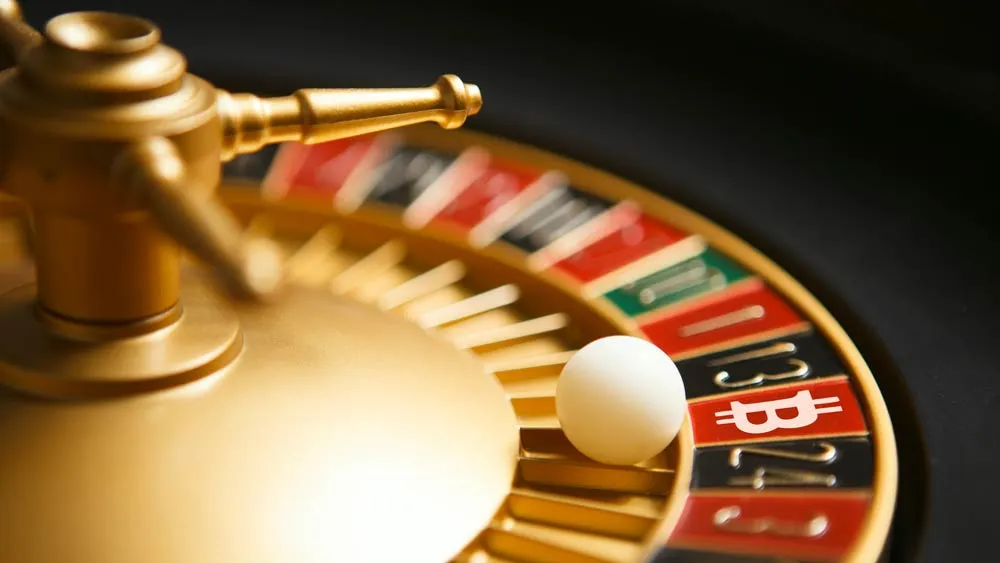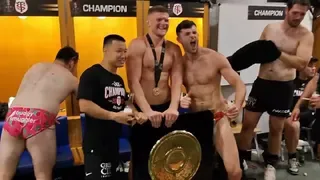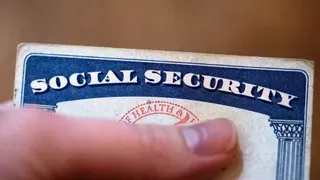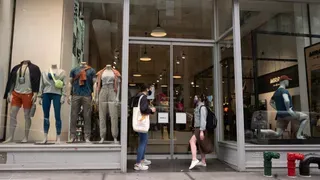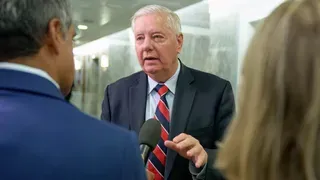July 18, 2015
Gay WWII Vet, 90, Marches in His First Pride Parade
Kilian Melloy READ TIME: 4 MIN.
Jack Dineen had never marched in a Pride parade, or even watched one, before this year's big event in San Francisco a few weeks ago. The night before the parade, alone in his room in a Marin retirement community, he wrote out the sign he would wear on this Pride Sunday:
"90 years old - Wounded Veteran World War 2 - Proudly Gay!!"
After a friend gave him a lift to the foot of Market Street, Dineen hesitated. He hadn't signed up to participate in the march, and wasn't part of any group. "I didn't even know if they were going to allow me, but everyone in the crowd was saying, 'Just walk,'" he said.
So, he did. Marching the entire length of the parade route, carrying a cane but not using it, Dineen was greeted by a sea of smiling faces, people calling out to him, shouting thanks. Many parade watchers became emotional when they spotted his sign.
"It was one of the great events of my life," he said. "I'm absolutely ecstatic."
It was a long way from Enfield, Connecticut, a blue-collar town where he was born in 1925. The town was famous for producing gunpowder during the Civil War. His father and many of his relatives worked in a carpet factory and the family lived in company housing.
Like many kids who later grew up to be gay, Dineen somehow knew he was different, without understanding quite why.
"I discovered the opera on the radio," he recalled. "No one else in the house liked it. They just suffered as I listened to the Saturday afternoon opera."
Occasionally, he would take a bus to Hartford to hear the Boston Symphony perform.
With college thought to be out of the question, Dineen took commercial courses in high school. That is when his sense of being different became acute. "I didn't even know I was gay. I knew something was wrong in my high school days, where I could see all the other guys were connecting with girls and I didn't connect."
Bitter Battles
Like millions of other young men, Dineen's life changed dramatically with the outbreak of World War II. He enlisted as a private in the Army at 18, and after basic training found himself engaged in some of the bitterest fighting of the war in Europe. In March 1945, he said that he was sent into the Remagen bridgehead, one of the key battles against Hitler's Germany.
"I remember crossing the Rhine on a pontoon bridge in the middle of the night, with tracer bullets from our side whizzing past my head," he said. "We were shooting at anything that moved in the river."
Dineen soon found himself on a patrol with two other GIs in a town that had a tuberculosis sanitarium run by Catholic nuns. A sudden burst of gunfire sent him to the ground, a bullet passing cleanly through his left thigh. As his buddies ran for cover, Dineen could only wait for the next bullet that would finish him off.
"For the next minute or so, I was absolutely convinced I was going to die," he said.
When no more shots rang out, he managed to find refuge in the basement of the sanitarium, where German medics and nuns treated his wounds. The next day, American troops rescued him. Dineen received a Purple Heart and a ticket home.
Post-War Life
Using the GI bill, Dineen enrolled at the University of Chicago in 1946. He worked as an usher so he could hear the Chicago Symphony, and that is where he had the revelation that he was gay.
"Some guy spotted me and in his own mind said, 'That guy is gay whether he knows it or not.' So he invited me up to listen to records one night, and he seduced me," Dineen said. "Suddenly, I realized this is what I am, I'm gay! But you had to absolutely hide it, because you could be arrested in those days."
From Chicago, he made his way to UC Berkeley for his master's degree in English literature. Every weekend, he would hop on the Key System train and go into San Francisco to hit the gay bars, which back then were mostly in North Beach.
"The Black Cat was just the best bar I've ever been in," he recalled. "It was a real honky-tonk with sawdust on the floor." The famed drag queen Jose Sarria would serenade the patrons with parodies of opera arias, which particularly tickled Dineen.
A job offer led him to move to New York after graduation, where he met his long-term partner Robert Gleason in a bathhouse. They settled into a Greenwich Village apartment just a couple blocks from the Stonewall Inn. (They were home the night of the riot and missed it). After Gleason died of a heart attack in 1977, Dineen stayed in New York managing an accounting office until 1990, when his sister invited him to move back to California and live in a cottage next to her house in Inverness. He later moved into his retirement community, which he called "very gay friendly. You can be anything you want here, except Republican," he laughed. A lesbian couple lives on the floor below his room.
For awhile, health issues kept him from exploring San Francisco's current gay neighborhood, the Castro. But when his health began to improve, he was determined to march in the Pride parade. "I wanted to do it once before I died," he said, and knew that this year's parade would be special because of the U.S. Supreme Court's decision legalizing same-sex marriage.
"I won't do it again, once was enough," he said. "But I had to do it."
Kilian Melloy serves as EDGE Media Network's Associate Arts Editor and Staff Contributor. His professional memberships include the National Lesbian & Gay Journalists Association, the Boston Online Film Critics Association, The Gay and Lesbian Entertainment Critics Association, and the Boston Theater Critics Association's Elliot Norton Awards Committee.
